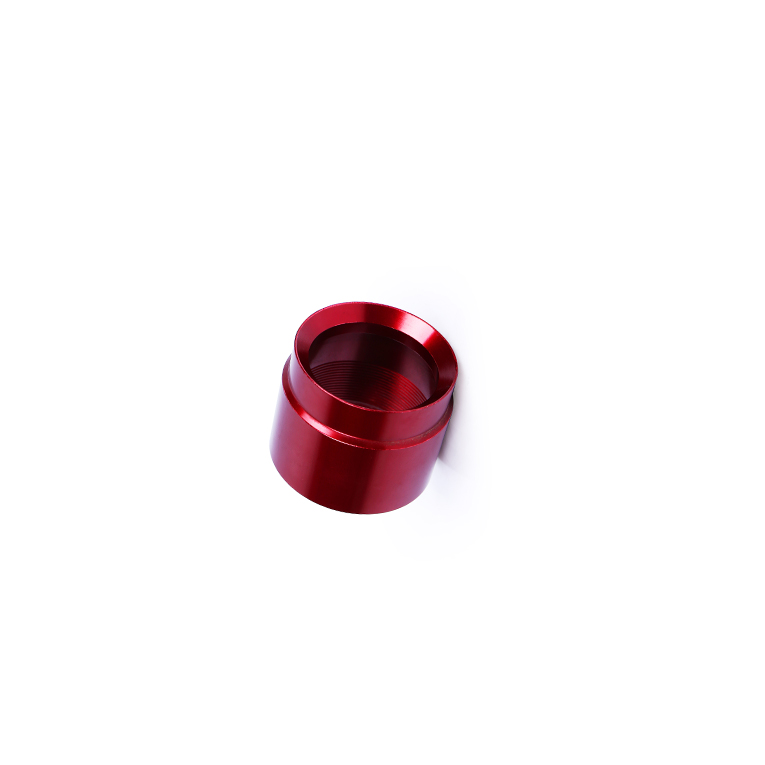
The technical requirements for the processing of non-standard parts are generally formulated according to the main functions and working conditions of the shaft, and usually have the following items:
a.Surface roughness of precision parts .Generally, the surface roughness of shaft diameter matched with transmission parts is Ra2.5 ~ 0.63μm, and the surface roughness of supporting shaft diameter matched with bearings is Ra0.63 ~ 0.16μm.
b.The mutual position accuracy of precision parts. The position accuracy requirements for the processing of non-standard parts are mainly determined by the position and function of the shaft in the machine. Normally, the coaxiality requirements of the bearing journal for assembling the transmission parts should be ensured, otherwise the transmission accuracy of the transmission parts (gears, etc.) will be affected and noise will be generated. For common precision shafts, the radial run out of the matching shaft section to the supporting journal when machined is generally 0.01 ~ 0.03mm, and the high precision shaft (such as the main shaft) is usually 0.001 ~ 0.005mm.
c.Precision of geometric shapes of precision parts The geometric accuracy of non-standard parts of shafts mainly refers to the roundness and cylindricity of journals, outer cone surfaces, Morse taper holes, etc. Generally, the tolerances should be limited to the dimensional tolerance range Inside. For the inner and outer circular surfaces with high accuracy requirements, the allowable deviation should be marked on the drawing.
d.Dimensional accuracy of non-standard parts machining. In order to determine the position of the shaft, the machined journal that supports the bearing usually requires high dimensional accuracy (IT5 ~ IT7). The dimensional accuracy of the journal of the assembled transmission parts is generally low (IT6 ~ IT9).
The precision parts centering CNC lathe (centering machine / longitudinal cutting lathe) is a CNC machine tool mainly used for precision machining of shafts and non-standard shafts. It has a qualitative leap in processing efficiency and processing accuracy compared with CNC lathes. Because of the use of dual-axis arrangement tools, the processing cycle time is greatly reduced. By shortening the tool exchange time between the arrangement tool and the opposite tool table, the multi-tool table overlap function, the thread chip effective axis movement overlap function, and the secondary machining The direct spindle indexing function shortens the idling time.

Copyright © 2025 Dongguan Yifeng Metal Co., Ltd. | All Rights Reserved